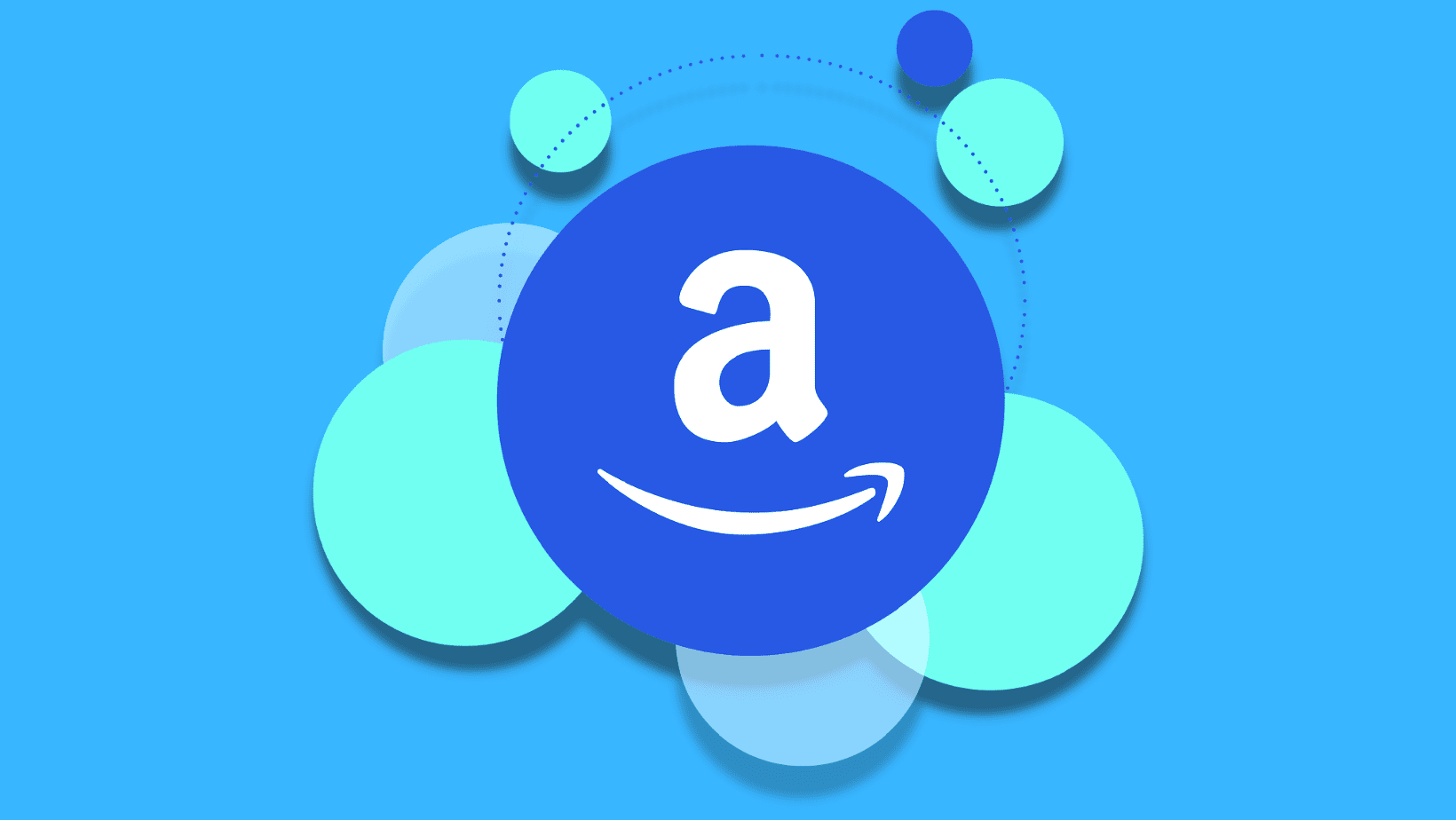Programmatic marketing success depends on so many factors: the medium, the creative, the placements, the intended audience, and more. The demand side platform (DSP) you use will play a huge role in how you can leverage each of those factors—meaning for eCommerce brands, DSP choice is an important decision.
DSPs are the exchanges where programmatic ad buys happen. Whether it’s a display ad seen online, a connected TV ad viewed on Hulu, or an audio ad heard during a podcast, it was placed through a DSP. Ultimately, these platforms facilitate the efficient management of buys across multiple ad exchanges.
Each platform offers specific targeting and audience segmentation capabilities, ad inventories, and ad formats to allow for real-time ad impression buys and optimizations. Given the complexity involved, it should come as no surprise that one of the world’s largest tech companies has created one of the deepest options in the space.
Why Amazon’s DSP is Perfect for eCommerce Brands
Amazon seems to dabble in everything: healthcare, web hosting, grocery sales, streaming media, and—you guessed it—DSPs. Amazon DSP offers comparable pricing and inventory access via open ad exchanges, relative to other major DSPs. Its main differentiator is that it’s, well, Amazon’s DSP.
Because audience segments are integral to a DSP’s value, capability depends on data. And few companies in the world—of any type—can match the depth and scale of Amazon’s data operation.
Amazon receives nearly 2.5 billion monthly site visits. Users visit to shop for specific items or item categories, logging an unfathomable amount of shopping interest data. Because Amazon also has robust streaming audio and video offerings—Amazon Music, Prime Video, and the live streaming giant Twitch, which it owns—it also collects key insights about media consumption habits. And in addition to Twitch, Amazon also owns film and TV database IMDB and national grocery chain Whole Foods, further deepening its breadth of watching and buying data.
When it comes to assembling highly-targeted, intent-based eCommerce audiences, that’s about as potent of a cocktail as any DSP could ever hope to offer.
The Many Ways to Segment eCommerce Audiences Using Amazon DSP
Armed with so much data, eCommerce brands can target their programmatic ads to audiences in countless ways. Some of the ways you can segment audiences on the Amazon DSP include:
- Specific product or brand searches, views, or purchases
- Category In-Market segments
- Examples: Men’s running shoes, canned cat food, Toys for children 2-4 years old
- Life Events (recently moved, new parent, etc.)
- Examples: New Parent, Getting Married, Recently Acquired a Vehicle
- Lifestyle
- Examples: Bargain Hunters, Online Grocery Shoppers, Top 2% Spenders on Amazon
- Interests
- Examples: Interested in Prime Video Historical Movies & TV Shows, Holiday Hosts, Photography Enthusiasts
- Twitch or WholeFoods platform audience segments
- Contextual
- Demographic
- Device
- Website Pixel Retargeting
Brands can also use the DSP to create lookalike audiences based on any of the above factors.
Given the extensive ecommerce and purchase intent data available through Amazon’s DSP, eCommerce brands can assemble highly-specific audience applications for key sales functions, like:
- Dynamic Retargeting (for eCommerce clients selling their products on Amazon)
- In-Market Audience Segments (users searching for relevant on Amazon)
- Brand or Competitor Audience Segments (users searching for similar brands on Amazon)
Can You Only Use Amazon’s DSP to Advertise Products Sold on Amazon?
No! Amazon DSP includes access to ad buy inventory and placements across all major ad exchanges, meaning ads can appear off of the Amazon domain. This means visitor and purchaser behavior on Amazon can be used to target programmatic buys elsewhere, so you can leverage some of the best audience-building tools to inform your entire programmatic push across different mediums. Amazon DSP offers access to special connected TV, music, and podcast placements, so advertisers can marry Amazon buying data to keyword-targeted placements on “Golf” related CTV content, for example
Ads can link users to products on Amazon (for brands that already sell there), or directly to your own eCommerce site. Advertisers that do not sell their products on Amazon can use its DSP, however their ads understandably cannot appear on Amazon itself—since Amazon would prefer not to show an ad that directs users away from its sites or apps.
A DSP Primed for the Cookieless Future
The biggest differentiator in favor of Amazon DSP is the nature of its audience data. Because the company collecting that data also owns the DSP, it’s considered first-party data. Why is that so important? Because of the looming demise of the internet cookie.
As data collection laws around the world strengthened users’ privacy protections, many popular browsers, like Safari and Firefox, stopped supporting them altogether. Google Chrome has not, however, and it remains the most-used browser with nearly 65% market share. Because of that, the true demise of third-party cookies will come when Google stops supporting them. That’s expected to happen sometime in 2024, though Google already pushed back earlier plans to do so in 2023.
Without third-party cookies, first-party data will perhaps be the most valuable commodity in the industry. While other DSPs often rely on outside sources to receive their bundles of audience data, Amazon’s huge information collection engine ensures their DSP will still be able to offer the robust audience building and segmentation capabilities when that day comes.
Few things in digital marketing are absolutely future-proof, but Amazon DSP’s incredible first-party data tools and competitive ad placements and pricing have made it a preferred choice for the ADM team when working with our eCommerce clients.




